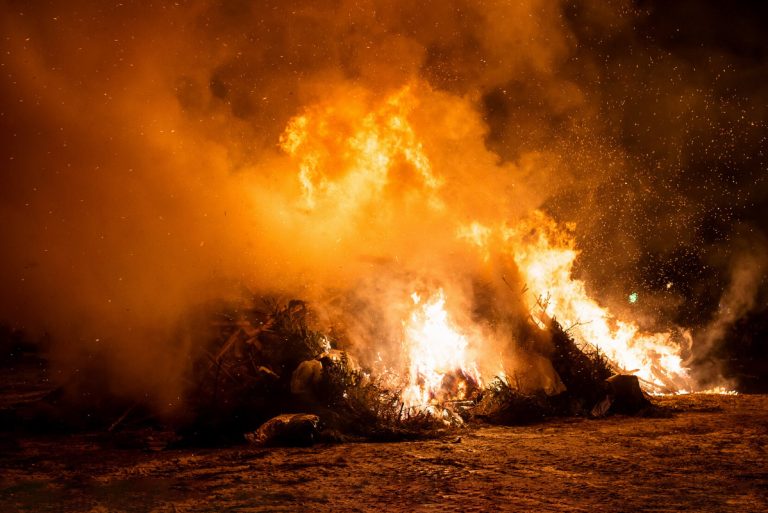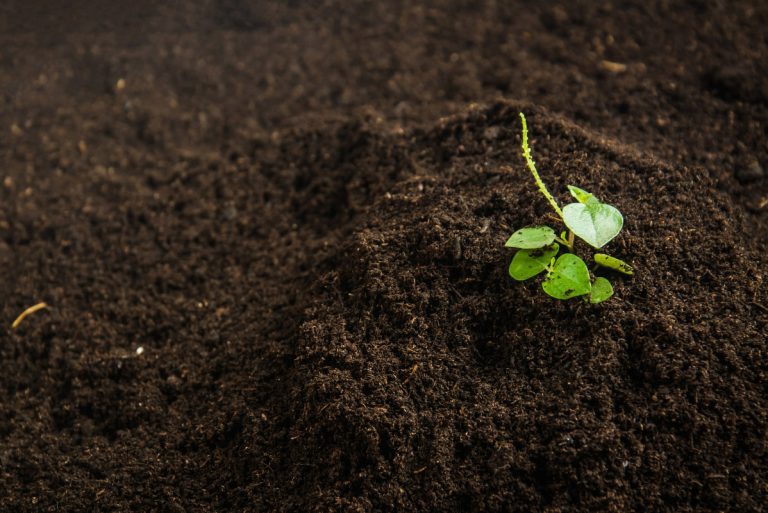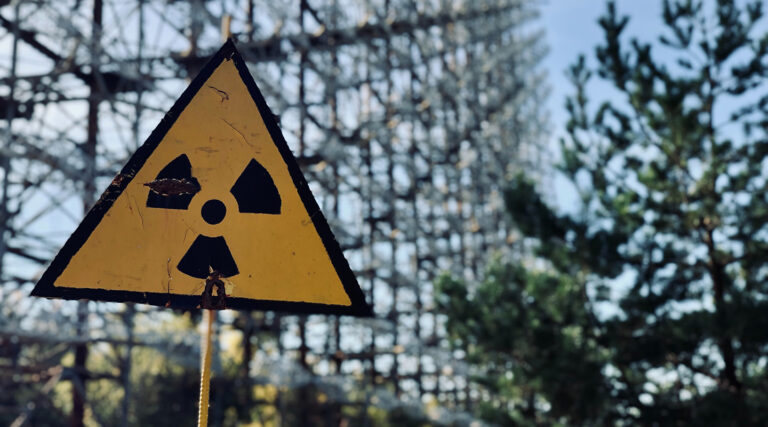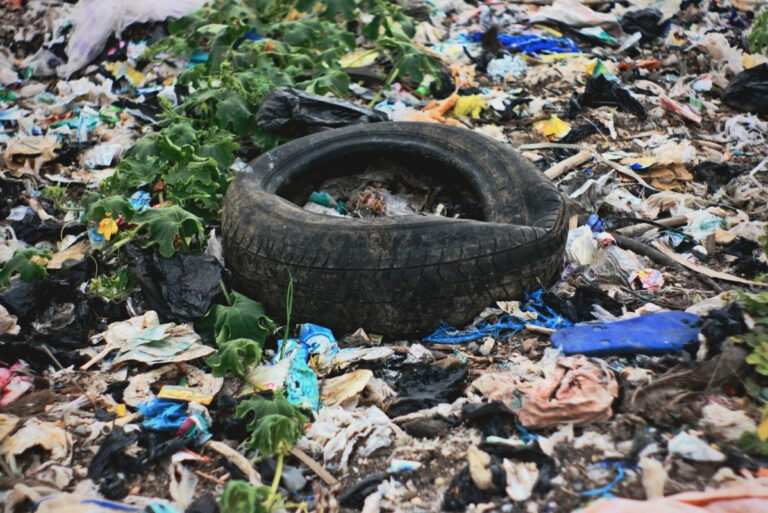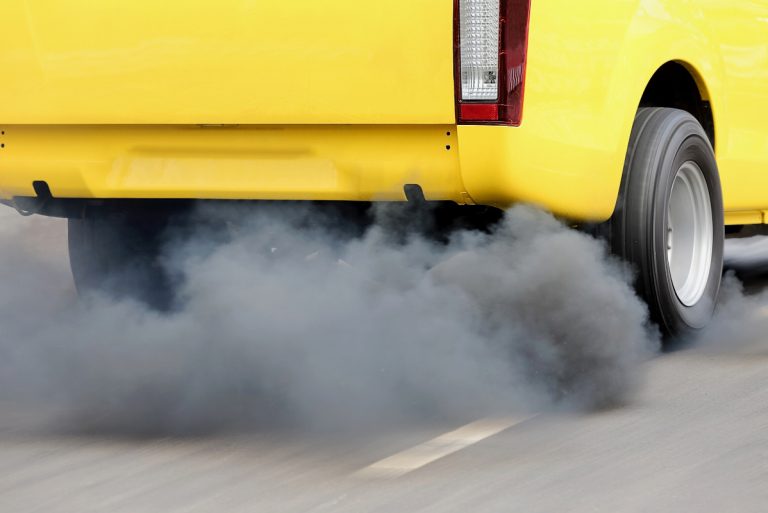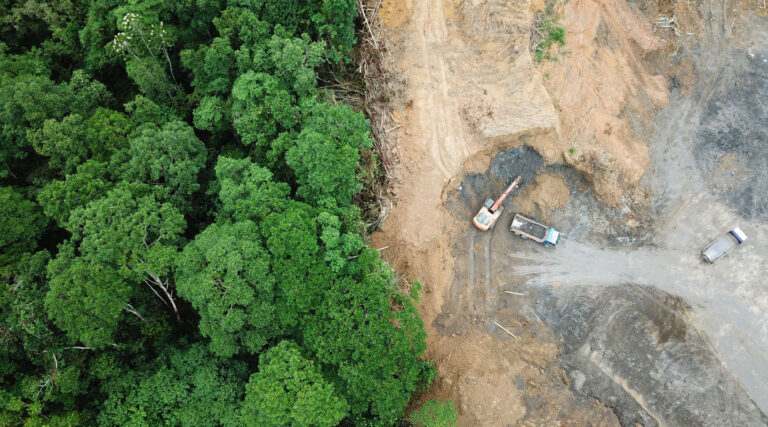Trash is an ever-present by-product of human activity; unfortunately, there are few sustainable methods to manage it effectively. Waste incineration is a controversial solution to the challenging question of what to do with the 2.12 billion tons of waste we generate each year worldwide.
Burning waste is admittedly polluting, but are there enough advantages to outweigh this significant disadvantage of waste incineration? In this article, we present waste incineration pros and cons to help you decide if incinerating garbage will be viable long term.
What is waste incineration?
The term ‘waste incineration’ refers to the large-scale burning of municipal waste in dedicated industrial facilities.
Waste incineration is common throughout Europe and North America and differs from the open and uncontrolled burning of municipal waste that is common throughout the global south.
Waste incineration is usually just part of an integrated waste management program, which provides municipal authorities with a ‘joined-up’ approach to processing their waste and optimizing their waste management capabilities.
Where does waste incineration take place?
Waste incineration takes place in waste incineration plants. These are defined by the Chartered Institution of Wastes Management (CIWM) as stationary or mobile industrial units that are used for the thermal treatment of waste.
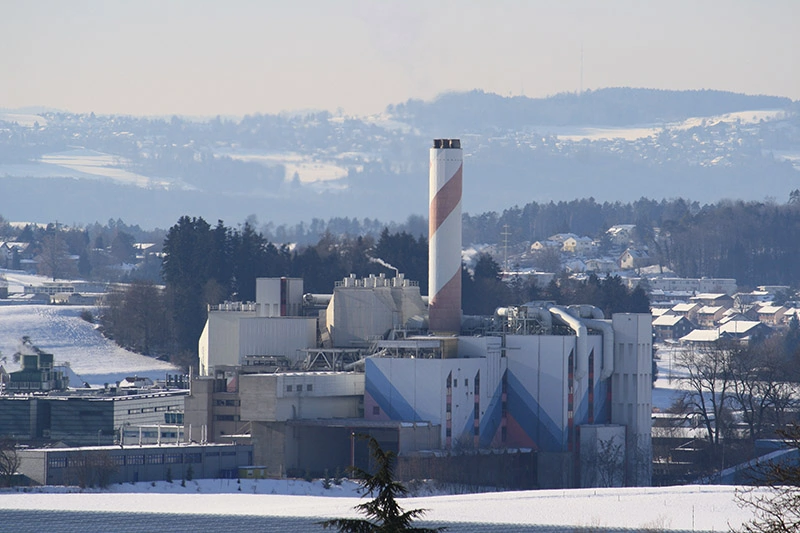
Source: Wikimedia / Roland zh
The heat generated from waste incineration may or may not be recovered, and the waste may undergo other thermal processes at the plant, including gasification and pyrolysis.
There are at least 2,500 waste incineration plants across the world in countries that include Sweden, Denmark, the United Kingdom, and Japan. They have a total waste disposal capacity of over 400 million tonnes of waste per year.
In 2019, China opened the largest waste incinerator in the world, the Laogang Renewable Resource Recycling Center, capable of incinerating more than 2.7 million tonnes of waste annually.
What does waste incineration involve?
Most waste incineration plants use one of two common thermal waste treatment techniques – fluidised bed combustion, or moving grate combustion:
1. Fluidised bed combustion
This waste treatment process involves the removal of all non-combustible materials before incineration. The waste is subsequently shredded into small particles and agitated on a bed of sand as it is moved into the combustion chamber, ensuring it burns completely.
This is one of the most efficient and least polluting waste incineration methods and can burn waste at lower temperatures.
2. Moving grate combustion
With moving grate combustion, the waste to be burnt is emptied into a bunker from the waste collection vehicle. From there a crane with a claw picks up the waste and moves it to a feed hopper.
The waste is then conveyed onto feed rames that move it into the combustion chamber. Within the combustion chamber, the waste moves through moving grate bars to agitate it as it is burned.
The combustion of waste generates hot flue gasses. These heat water in a boiler, generating steam that drives large turbines that generate electricity that can supply the regional or national grid.

Source: Wikimedia / Ole Poulsen
The pros of waste incineration
Waste incineration is widely used because it provides many advantages to stakeholders in the municipal authorities and the waste management industry. Here are the main benefits of waste incineration:
1. An overall reduction in waste volume
The big problem with garbage is finding somewhere to put the large volumes that are being continually generated. Incineration is a quick and easy solution for size and volume reduction as it quickly minimizes the volume of waste that has to be managed.
Incinerators have been shown to reduce waste volume by up to 95%, which cannot be matched by alternative waste processing methods.
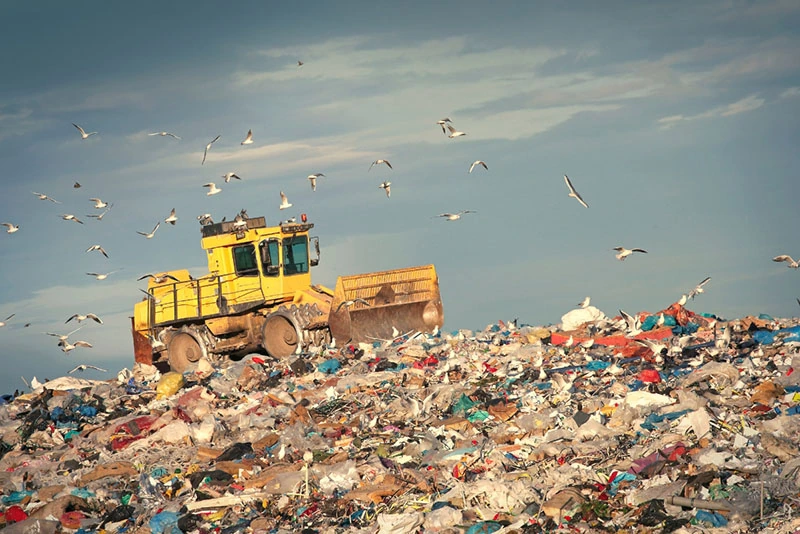
2. Savings on waste storage and transportation costs
By including incineration in waste management processes, waste management contractors can save money on the cost of storing and transporting waste. Storing waste before its final disposal is expensive and requires the additional cost of moving the waste between storage locations.
Prompt incineration bypasses the costs of waste storage methods like trenches and containers used to store waste for prolonged periods before processing.
The investment and operational costs of developing transport systems for municipal waste are also simplified and reduced. In some cases, waste is incinerated at the location where it is generated, eliminating transportation costs.
3. Generating energy
Burning waste as a fuel for generating hot water and electricity is the main reason for incinerating waste in such large quantities. This practice is known as Waste-to-Energy (WtE) and is thought to generate up to 600 kWh of energy, per tonne of municipal waste that is burnt.
Waste incineration has carbon intensity that is comparable to coal and gas electricity generation. This is understandable because municipal waste is carbon-rich and full of hard-to-recycle plastics that are derived from oil.

Source: Wikimedia / Fletcher6
4. Reduce landfill burden
Landfills are the most common and convenient solution for non-recyclable waste disposal, but their use comes at a heavy cost. Over 139.6 million tons of waste heads to landfill in the US alone, and for every country, finding space to bury waste is an ongoing challenge.
Landfills are also major polluters, with decomposing trash emitting a range of noxious gasses and potentially poisoning groundwater. By burning waste, demand for landfill space is significantly reduced.
5. Recover recyclable metals
Incineration of waste can also be used to recover metals that can then be recycled. The ash from municipal waste incineration, ‘furnace ash’ or ‘incinerator bottom ash’ has a significant amount of ferrous metal that can be recovered with eddy current separators or drum magnets.
6. Pollutants from waste incineration can be treated to minimize their impact
The incineration plants that burn waste use a variety of existing and emerging technologies to treat waste air, reducing the levels of particulate and gaseous air pollution.
Once the hot flue gasses have been used to heat water, they undergo an emission treatment process to ensure that the exhaust air complies with stringent emissions standards. Solutions used by waste incineration plants include:
This short video explains how the process of treating exhaust air before it is released via the chimney stack:
7. Prevents methane release
Landfills are the world’s third-largest source of methane emissions. Methane is considered a potent greenhouse gas and is also highly combustible.
As waste is left in the landfill to decompose, aerobic and then anaerobic bacteria break it down, releasing methane gas into the atmosphere. Prompt incineration prevents the ongoing release of methane gas from landfill sites.
8. Can be combined with coal to reduce non-renewable fuel consumption
Some waste incinerators can burn municipal waste along with a smaller proportion of coal. Not only does this technique improve the efficiency and completeness of combustion, but also reduces the amount of fossil fuel that is required for generating the grid’s electricity.
9. Waste is a cheap energy source
Waste is an abundant energy source; people are throwing it away! It is also considered partially renewable as it is continually generated by human activity. Many countries that incinerate a high proportion of their waste actively import waste from other countries to burn for energy.
Many Scandinavian countries are net importers of waste, which is used to power their homes and infrastructure.

10. Incinerator bottom ash can be used in construction
The construction industry has a high demand for incinerator bottom ash (IBM). Once recycled and processed, this material becomes a useful aggregate material for buildings and also the production of asphalt for road surfaces. This inert material has proved to be a profitable secondary revenue source for waste incineration plants, contributing to a circular economy.
11. Waste incineration complements recycling
Waste incineration is usually done in partnership with extensive recycling. This ensures that the waste that is burned is non-recyclable and cannot be combusted. A high rate of recycling minimizes the amount of municipal waste that has to be burnt. A combination of waste incineration and recycling can mean that as little as 1% of waste is sent to the landfill.
12. Burning waste in a dedicated facility is cleaner than open burning
According to Leeds University, almost half the world’s waste is already being burned in the open. Waste burning is common in low and middle-income countries, where it contributes to air pollution and impacts human health.
Open burning cannot achieve the high incineration temperatures of furnaces. The lower temperatures not only mean that combustion is incomplete, but also that the burning is even more polluting and laden with particulates. This harms the men, women, and children who pick waste at the dump to earn a subsistence living.

The cons of waste incineration
Waste incineration is extremely convenient. It has several clear advantages that have made it attractive to countries that are looking for effective waste management strategies. However, burning trash has some considerable downsides, and public concern is growing regarding the long-term viability of this waste treatment strategy. Here are the downsides of waste incineration:
1. Waste incineration contributes to air pollution
Incineration plants are a notable source of air pollution. Though the plant incinerators work to make combustion as efficient and complete as possible, they are burning mixed waste with emissions of noxious gasses that include:
- Nitrogen oxide
- PAHs (polycyclic aromatic hydrocarbons),
- Aldehydes
- Ketones
- Dioxins
- Furans
- PCBs (polychlorinated biphenyls)
- Phthalates
- Sulfur dioxide
- Organic acids
- Alkenes
In addition, these incinerators are also a source of particulates of all sizes. Air pollution from incineration is unavoidable, so as the number of waste incineration plants increases, the pollution they produce will worsen.

2. Waste incineration generates greenhouse gasses
The combustion exhaust of waste incinerators includes carbon dioxide and other greenhouse gasses. Waste incineration is considered to be advantageous because it reduces reliance on fossil fuels and has a large biogenic component.
However, waste incineration is not carbon neutral. Incinerating waste does emit CO2, and if the waste burned is plastic-rich, the carbon profile is even worse. According to Zero Waste Europe, each tonne of waste that is burned releases up to 1.7 tonnes of carbon dioxide.
3. Waste incineration is a public health issue
The air pollution generated by waste incineration has wide-ranging health effects. Substances identified in waste exhaust have been associated with damage to the respiratory, cardiovascular, and endocrine systems, while substances like PAHs and dioxins are known carcinogens.
In addition, incineration generates fine particulates known as PM 25 are considered the most dangerous to health. The polluting effects are felt most keenly in communities that live closest to waste incineration plants, where they have been associated with a raised incidence of childhood asthma and lung cancer.
4. More waste is burned than recycled
Once the infrastructure for waste incineration is in place, it has to be used. Research has found that in many local authorities and municipalities, this comes at the expense of recycling. Waste incineration is cheaper and has simpler logistics than recycling, especially for specific sorts of plastic. This means that waste is often diverted to a furnace rather than a recycling plant.
For example, in England, investigative reporters found that millions of tonnes of cleaned and sorted recycling were going straight to the incinerator rather than being recycled. This has understandably caused public concern as they expected their recycling efforts to benefit the environment.

5. Incineration plants are expensive
A waste incineration plant is a big infrastructural project and a major capital expenditure. They require complex financing and contracts that are made with municipal authorities to handle waste on their behalf.
This means that the plant has to be kept in use to remain profitable and satisfy long-term waste contracts. In the UK, this has led to the diversion of recycling to waste incineration plants and reduced public spending on other, potentially greener, forms of waste management.
6. Local communities are affected by having waste incineration plants nearby
The presence of a waste incinerator arms the health and well-being of communities where they are located. In addition, these plants are more likely to be located in socioeconomically deprived areas adding to the potential harm.
In addition to poor air quality, people who live near waste incineration plants have to cope with odor, noise, and continual traffic from heavy good vehicles that are hauling waste. Many areas become strewn with waste and dust that is blown off by waste vehicles. This diminishes the quality of life for residents.
7. The pollution from waste incinerators bioaccumulates
The pollution control strategies and technologies used by waste incinerators tend to tackle the acute forms of air pollution, but do not address longer-term, more pernicious forms of environmental damage. Pollutants like dioxins are extremely persistent. They are known to be and can even enter the food chain, causing harm over a much greater area.
8. Fly ash is hard to control
Fly ash consists of small, light ash particles that are easily windborne over large distances. This means that they can carry the particulate pollutants contained in them over large distances, especially when the ashes from waste incineration are cleared or transported.

Fly ash often contains heavy metals like lead and cadmium along with dioxins that then leach into the environment wherever they eventually settle.
In conclusion
Waste incineration provides a solution for managing large amounts of municipal waste that makes practical and fiscal sense to municipal authorities. The incineration plants are extremely expensive and reliant on continually burning waste to remain viable.
This has likely influenced the evaluation of how environmentally-sound waste incineration actually is.
But public awareness of the polluting and health-harming effects of waste incineration is increasing. Increased attention and debate on this issue will ensure that waste incineration does not take precedence over recycling as a waste management strategy.
